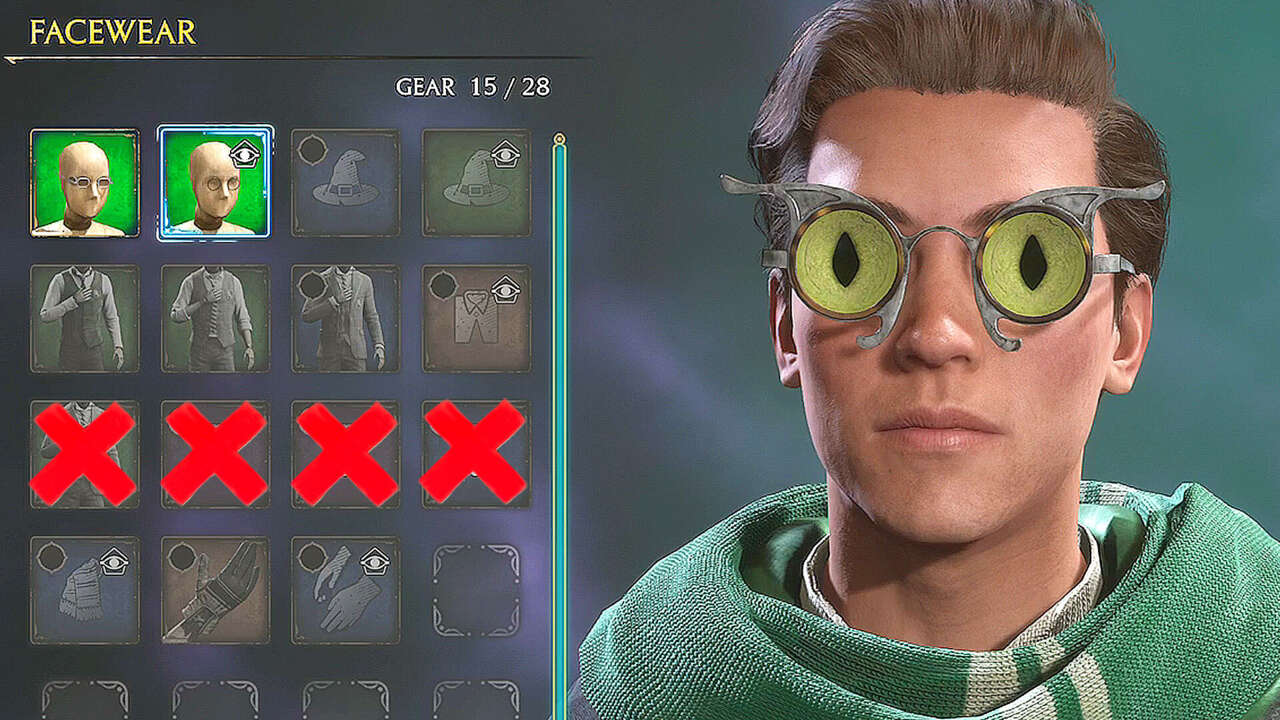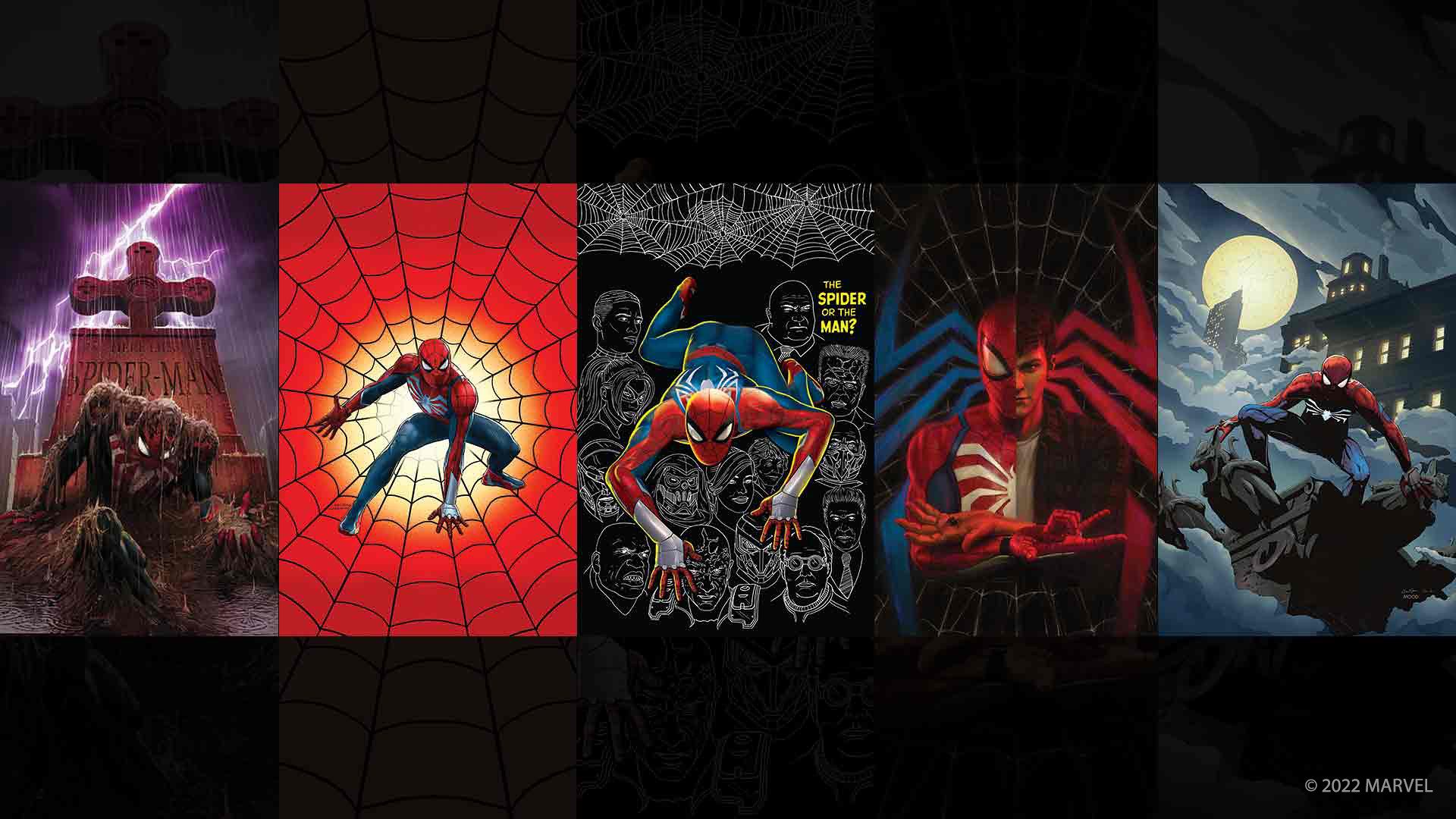Dragon Ball: The Breakers Review In Progress – Beta Impressions
One of the standout aspects of Dragon Ball is the lineup of fantastic villains who often destroy whole cities or planets in the blink of an eye, with little regard for their average citizens. So when Dragon Ball: The Breakers puts you in the shoes either of one of these villains (called Raiders) or a terrified citizen (a Survivor) trying to escape by working together with up to six other humans, it’s a novel idea – a great one, in fact. Unfortunately, after some time with the beta, I’m left feeling that the execution of this idea leaves much to be desired: Dragon Ball: The Breakers feels every bit the budget game that it is, with bad controls, an unreliable camera, and live-service gacha mechanics that have the chance to affect competitive gameplay. I’ll have much more to say after spending time with the final game (we won’t get access to that until launch day) but so far what I’ve seen is far from encouraging.
During my time with the betas held over the past few weeks I got to play a handful of matches, pop around the hub area you return to in-between game sessions, and play through the tutorial missions – the closest thing to the final game’s story mode. What I would really like to spend more time with before offering a final opinion is more playtime as a Raider, gaining a better understanding of the currencies and gacha elements, and of course, more play sessions with friends instead of randoms so I can be confident in how it feels when people are working together instead of fumbling around.
The opening cutscene looks nice!
As far as the tutorial’s story goes, there’s a quick explanation about Temporal Seams that cause supervillains to show up where they’re not supposed to, but it’s not much more than a means for Trunks to tell you how to play and explain why these endless multiplayer battles keep happening. It’s better than a page of text, but that’s a low bar and doesn’t make it particularly interesting.
Dead By Dragon Ball
Playing as a Survivor (either as your customized avatar or one of the weaker characters from the show) as you scramble to achieve several goals in order to send the Raider back to where they came from gives the opening moments of a match a good sense of momentum. These tasks take the form of searching for power keys and planting them in the right spot, and protecting different machines from being destroyed by the Raider. Since the Raider is so overwhelmingly powerful when compared to the Survivors, it’s fun to be forced to survive mainly through hiding and various forms of subterfuge, such as skills that allow you to take the shape of a random object, or stun your enemy for a short time.
The heartstopping moments where you don’t really know whether or not the Raider has seen you can be genuinely fun, pushing you to improvise quickly. Because the penalty for being spotted without a plan is almost certainly death, this leads to some incredibly tense interactions where it truly feels like you can outsmart your enemy. It’s raw power versus creativity, and these moments were often the high I was chasing while playing as a Survivor.
These moments are genuinely tense.
Unfortunately, the controls and camera are frequently subpar. While moving around, your character is often placed at the edge of the frame as if the camera’s not really sure what to focus on, and it gives the feeling that you’re just sliding around from side to side on screen. This is doubly true when trying to aim long-range skills, such as grappling hooks or rocket launchers. It makes total sense that you should be at a disadvantage when facing a Raider, but not because your character is a chore to control.
Other than their equippable skills, the true ace in the hole for Survivors is the Dragon Change, which is the ability to transform into super powered versions of your character based on various Dragon Ball heroes. These come in the form of Transpheres, items you receive from a gacha mechanic using tickets – I’m still getting a feel for how that works in terms of balance in a typical match, but that sort of interaction between competitive gameplay and gacha is at least a little bit worrisome on the surface. After transforming into the hero of your choice, you can take the fight to the raider for a short amount of time in order to give your fellow survivors more time to escape.
“
While this is a cool concept, my complaints about the controls and camera are intensified while moving at a high speed after a Dragon Change. I frequently had trouble targeting my enemy, even while locked on, and couldn’t aim any beam attacks for the life of me. When they did manage to connect, the lack of visual feedback made me confused as to what was even going on. It felt like a poor imitation of a Dragon Ball Budokai game, with flailing rather than fighting. I definitely need more time with the Dragon Change mechanic to see if I can better wrap my head around how it feels, but what I’ve played so far controls very poorly and the camera just can’t keep up.
I generally had more fun playing as a Raider rather than a Survivor, hunting down helpless citizens and destroying their toys before they could be used to escape me. It’s satisfying to absorb a survivor after defeating them and grow into a new form with new skills (especially since you get to destroy a huge portion of the map every time), but even when you add in the power fantasy, attacks lack impact, the camera is a frustration to deal with, and the lack of good visual feedback made it difficult to tell what was going on. The only difference was that I had the speed and power to compensate for these mechanical shortcomings, while my Survivor opponents did not.
“
The graphics certainly won’t be winning any awards either. While the characters retain their style from the source material and the map is nicely varied with canyons, towns, and wide-open spaces, most of the textures are low-res and blurry up close. I wasn’t really expecting incredible visuals that reach the high bar set by a game like Dragon Ball FighterZ, but after seeing how good a Dragon Ball game could look it’s a shame that this one is so visually dull.
In what has become the usual live-service game tradition, Dragon Ball: The Breakers has three different currencies: TP Tokens, Super Warrior Spirits, and Zeni, the latter two of which you can earn by playing rather than paying. Super Warrior Spirits allow you to level up different skills, and Zeni lets you buy items from the in-game cosmetics shop. TP Tokens are the premium currency you can purchase with real money, and they can be used to buy cosmetics, like you do with Zeni. You can also use Zeni and TP Tokens at the Spirit Siphon, the gacha mechanic that allows you to receive a randomized draw for Transpheres. It’s too early to tell if using premium currency for a better chance to get a 5-star character will give super-spenders a leg up competitively, but my concern after the beta is that it could devolve into a pay-to-win scenario – which is always bad, but especially so in a game that you already have to pay for.
My time so far with Dragon Ball: The Breakers has been mostly disappointing. Maybe more time with it will help me find the magic, and perhaps fiddling with some settings in the final build will make the camera and controls less of a hassle. But for right now, it’s a great central premise that just doesn’t deliver. We’ll have more with our full review soon – check back next week after I’ve had a chance to play with everybody on live servers.
Check out our Latest News and Follow us at Facebook
Original Source







